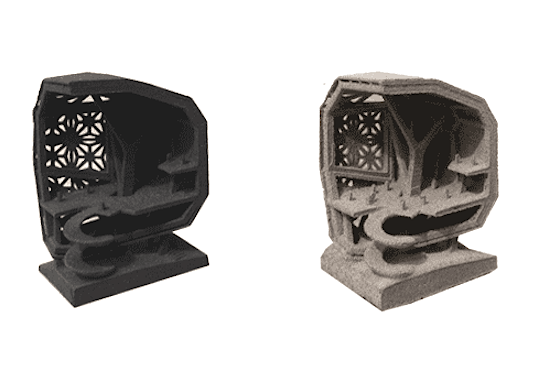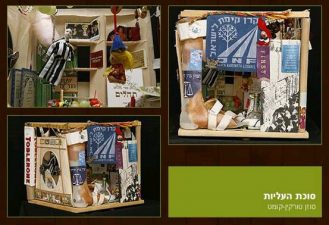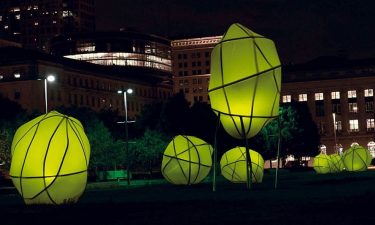 It was only a matter of time: the 3D printing revolution has officially arrived in Lebanon, where artists, architects, and designers are eager to keep pace with Europe and the United States.
It was only a matter of time: the 3D printing revolution has officially arrived in Lebanon, where artists, architects, and designers are eager to keep pace with Europe and the United States.
French Architect Guillaume Crédoz has founded the region’s first 3D printing shop in the Mar Mikhayel neighborhood of Beirut, a bustling hive of creative energy. Called Rapid Manufactory, the shop will allow anyone who works with 3D modeling to have their designs printed in just a matter of days. But we’re not convinced that’s something to celebrate.
3D vs. 2D
Comparing 3D printing to the first 2D printers that emerged 20 years ago, Crédoz enumerated the various advantages of being able to print at Rapid Manufactory.
“You can now, [sic] bring an object, 3D scan it, and have a copy made, at a different scale, with a different material,” he said.
“For many professionals, this process is an event that has the same impact as the apparition of the internet. Being able to produce locally and quickly complex parts will certainly redraw the map for many businesses.”
We have mixed minds about 3D printing. Like all things, it probably depends in whose hands the technology falls. For designers in the Middle East that currently have to ship their drawings abroad in order to have them realized, this could be a boon that will create more jobs.
More unnecessary junk
On the other hand, the current technology uses only metal, plastic and ceramics – none of which are readily recyclable; Crédoz has also developed a concrete and polyamide mix that he says is hard but brittle and ideal for architecture models, and concrete has one of the highest carbon footprints of all materials.
Supporters of 3D printing argue that eventually greener, recyclable materials will be developed, and that eventually we’ll be able to replace broken body parts or failed organs with 3D printed substitutes.
But we have to question the wisdom in this. Deviate too far from nature and suffer the consequences – like overpopulation, perhaps?
Also, giving just about anyone the ability to rapidly manufacture virtually anything will not only result in more unnecessary junk, but it could be used in sinister applications as well. Like making weapons that would then become virtually impossible to trace.
Like plastic when it was first developed, 3D printing may seem like a revolutionary idea now. But a few years down the road as even more trash overwhelms already overflowing landfills and oceans, we are probably going to wish we had proceeded more carefully.
:: Engineering




hello sir , i would like to visit your place but i dont know where is it , so if you could please tell me where is your place so that i can make a 3d print for my project .. thank you in advance.
Nice read, I just passed this onto a friend who was doing a little research on that. And he just bought me lunch as I found it for him smile So let me rephrase that: Thanks for lunch!
Hi, The black sample that is illustrating this article is made of Polyamide 11: a renewable source made from Castor Oil (a plant: ricin), it comes from a plant and is bio degradable.
🙂
ah, and another note, rapid manufacturing is about local production therefore wuite green in terms of proximity avoiding transportation. Designing your own things and having them manufactured locally is also helping reducing the “unnecessary junk” from China (for example).
🙂